Productivity Methodologies – Stay Focused to Achieve More.
What works for you?
List of Methodologies:
-
Getting Things Done (GTD)
-
The SMART Method
-
Timeboxing
-
Biological Prime Time
-
The “To-Do” list
-
The “Must Do” list
-
Pomodoro Technique
-
Eisenhower Matrix
-
Don’t Break The Chain
-
Eat That Frog
Current actions
Current projects
Areas of responsibility
1-2 year goals
3-5 year goals
Life goals One you’ve listed and categorized all the things you need to do, you can then begin knocking them out one by one. If it can be done within two minutes, then do it now. Otherwise, break down big projects into a series of smaller, quicker projects.
Here is an example of a GTD workflow/flowchart:
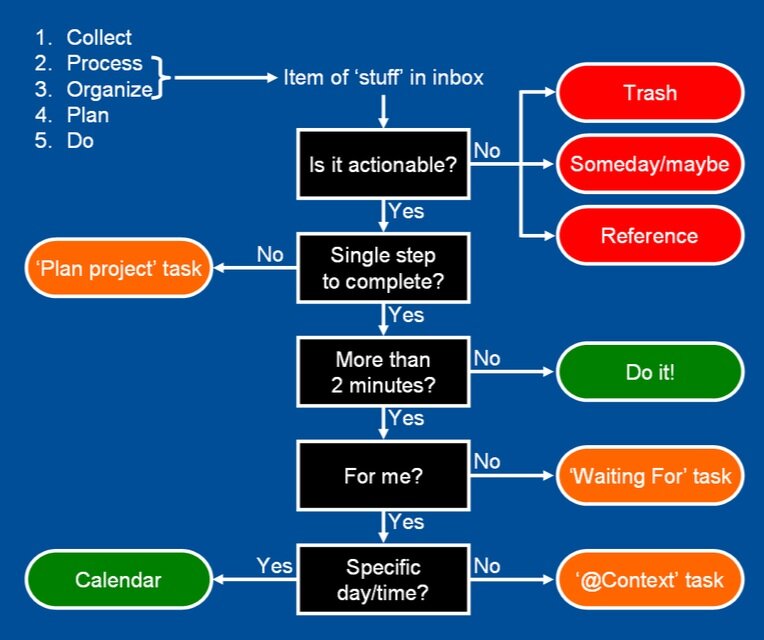
2. The SMART Method
Specific. Specify as many details as possible including and not limited to what, where, when and why do you want to accomplish the goal.
Measurable. What is your definition of "done"? Set milestone goals along the way to measure your progress and know exactly how you’re going to do it.
Attainable. This bit is important. Is the goal you’ve defined attainable by you? This aspect of the goal settling process is centered around you. You should assess yourself if you have the resources, focus, energy, time, and drive to achieve it.
Realistic. Even though you have all the focus, energy, time and drive to achieve it, you also need to assess if the goal is actually realistic. A goal being “realistic” is all about whether it’s possible to achieve it.
Time-bound. Set a timeframe for you to achieve a goal. For example, don’t just set your goal to ‘save money to buy pair of shoes’. Instead, you, would want to save money each month, to maximum of 6 months, to buy the pair of shoes.
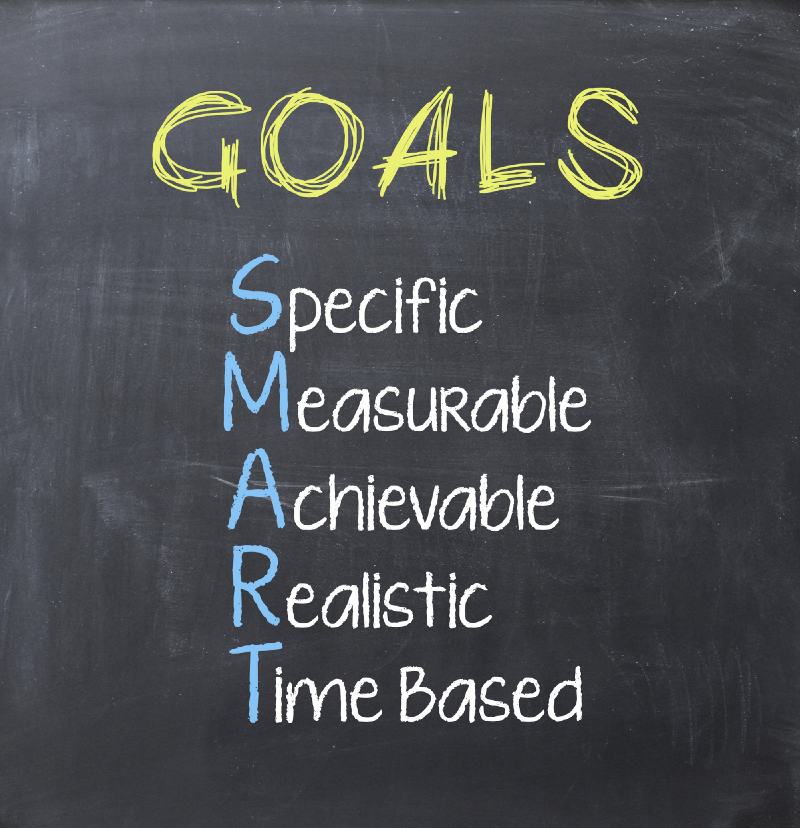
3. Timeboxing
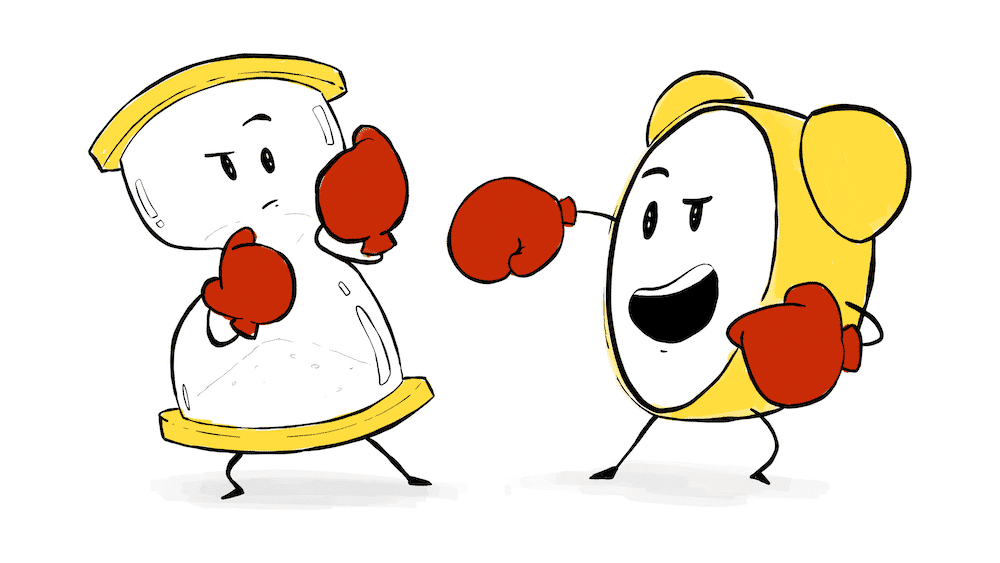
4. Biological Prime Time
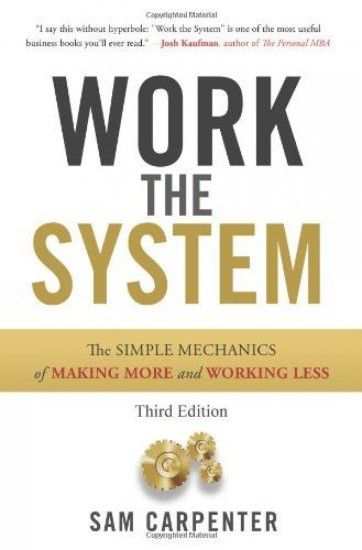
5. Personal Kanban
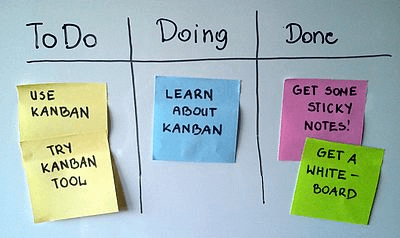
6. The “To-Do” list
7. The “Must Do” list
A variation of the “To-Do” list, the “Must Do” list involves categorizing your tasks whether it’s personal or work-related stuff. Here’s what you need to do:
Pick your medium to work in. You can keep it simple by using pen and paper or you can use technology and apps that offer organization and productivity features on top. Wunderlist is an example.
Add and organize tasks. List down all tasks that you need to do and separate them into categories. Break big projects into smaller and quicker actionable tasks and set priority levels for each task. Add all the information you need for each task. You can also include why you’re doing each task to motivate yourself into finishing it.
Make sure tasks get done each day. After you’ve listed and organized your tasks, it is up to you now to make sure that these tasks are getting done each day or at specified deadline dates. Remember, this list only helps you keep track of the tasks.
Pick your medium to work in. You can keep it simple by using pen and paper or you can use technology and apps that offer organization and productivity features on top. Wunderlist is an example.
Add and organize tasks. List down all tasks that you need to do and separate them into categories. Break big projects into smaller and quicker actionable tasks and set priority levels for each task. Add all the information you need for each task. You can also include why you’re doing each task to motivate yourself into finishing it.
Make sure tasks get done each day. After you’ve listed and organized your tasks, it is up to you now to make sure that these tasks are getting done each day or at specified deadline dates. Remember, this list only helps you keep track of the tasks.
8. Pomodoro Technique
This is the productivity method that I use personally.
Similar with GTD, Pomodoro Technique is also a time management method which makes use of a timer to break down work into bite-size intervals. It is developed by Francesco Cirillo after the tomato-shaped kitchen time Cirillo used as a university student.
This technique is cyclic and it involves taking a break to keep you motivated and creative. The steps are:
1. Decide on the task to be done.
2. Set the timer to 25 minutes.(This timing is up to you)
3. Work on the task until the timer rings.
4. Take a 5-minute break.
5. Repeat steps 1-4 three more times. This covers your mid-morning.
6. Take a 15-minute break.
i. Repeat steps 1-5.
ii. Take a lunch break, 30-60 minutes. It’s up to you.
iii. Repeat steps 1-6 for the afternoon.
iv. Choose task
v. Timer for 25 mins
vi. Break for 5
vii. Timer 25 mins – do 3x.
viii. Break for 15 mins
ix. Timer for 25 mins – do 3x.
You will be surprised how much you have achieved across the day.
9. The Eisenhower Matrix
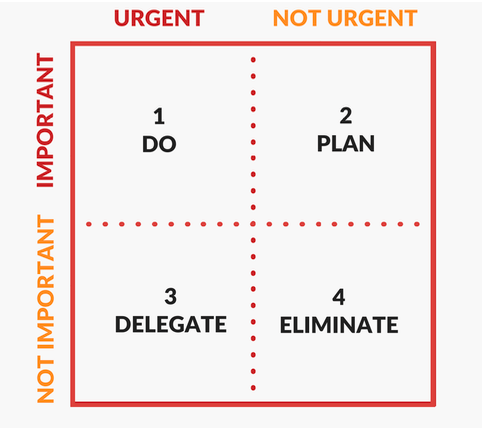
Urgent and important- Tasks in this quadrant are important tasks that need to be done immediately.
Important, but not urgent- Tasks in this quadrant will need to be scheduled to do later.
Urgent, but not important- These are tasks that you will delegate to someone else
Neither urgent nor important - These are tasks that you will eliminate.
10. Don’t Break the Chain
Get a calendar.
Decide on what you want to accomplish each day.
Mark an X over each day that you accomplish your goal.
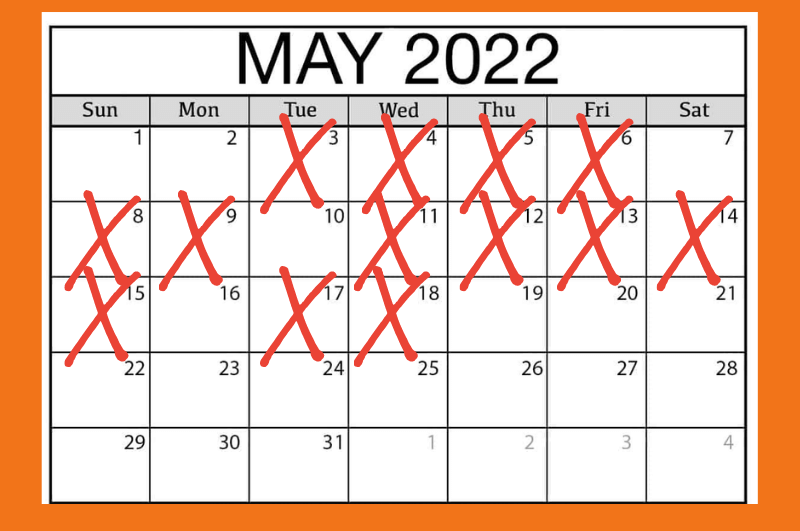
11. Eat the Frog

w: hello@kathrynmcmann.com
w: hello@thinkking.co.uk
-
Done-For-You Agency
-
Social Media Deep Dive
-
Step by Step SEO Strategy
-
Market Research Methods: Know Your Customers
-
Understanding PPC
-
AI Tools for Marketing
Kathryn McMann Consultancy Ltd Copyright © 2024

